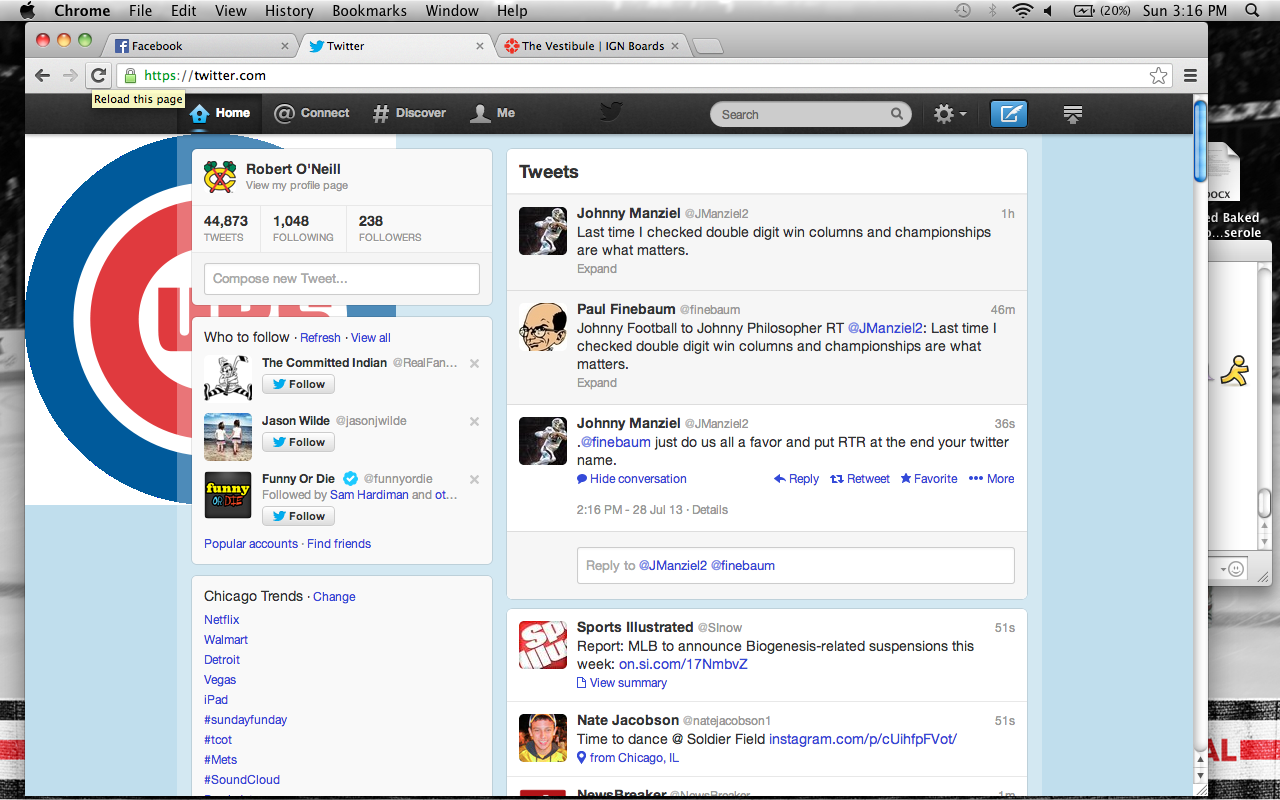theswagofsweetjones
Banned
- 1,248
- 34
- Joined
- Apr 1, 2011
When I graduated my grandparents wanted to buy me a laptop for school, but had no idea which one to buy or how to even buy something online so they just asked how much I needed and gave me $2400 cash (I did architecture so I needed a good computer).
First thing I did was go up to my room and take pictures of that $$$ and just admire it.
So as stupid as it looks to me now, I can see why they're doing it if its grant money or w/e.
Stuntin




